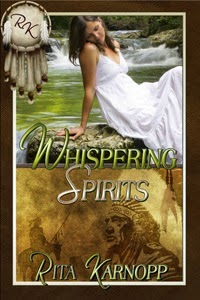Tomorrow is often the busiest day of the
week. What a
great line for all those people who say, “I’ll do it tomorrow.” And as we know,
most times tomorrow
never comes.
Why is it there are so many things we need
to do or get done and we just don’t have the time to do it all? Or are we just procrastinating?
 |
| CLICK TO PURCHASE FROM AMAZON |
We are busy – yes! But we also delay . . . put-off . . . dawdle . . . and just plain feel lazy sometimes. It seems easier to get busy and so something else because the project we are facing just seems too mammoth to tackle.
Let’s be honest – whatever the project –we
all could use some helpful tips on how to stop making excuses – and get those
tasks done today!
1. Stop for a moment and ask - Why are you putting this project off? You know there has to be a reason. Is
it boring? Is it too big a job and just the thought of starting is enough to
make you run in the other direction? Maybe the project will surface emotions
you don’t wish to face? People
procrastinate for various reasons. Do you know your reasons? Understanding why – just might create the
solution and stop you from procrastinating.
2. Some people never tackle a
project because it’s truly not that big of a deal.
Maybe you really don’t need to tackle a project – because it’s not import to
finish. Then you might ask yourself, instead of stressing over the incomplete project
– should it be done in the first place. Get rid of it and cross it off your
to-do list.
3. Did you ever think of asking for help?
You love helping others when they need help – right? Don’t you think
others might like to help you, too? If a
project on your list is just too big to handle alone ask a family member or a
good friend to help. It’ll be a lot of fun to share the time with someone – and
you’re making good memories. A comment here and there and you’ll be laughing up
a storm together - plus the project will be done before you know it.
4. I call it baby
steps. When a
large project needs just your attention – starting can be daunting . . . or
let’s face it downright frightening. Consider this, begin using baby steps.
Don’t think you have to tackle every part of your project all at once. Heck I’d be running in the other direction,
too. Give yourself thirty minutes at the end of Monday through Friday. (Reward
yourself with the weekend off.)
Give yourself a good
direction what you will want to finish in that thirty minutes. Getting started
is the hardest decision of any to-do project. There will be days when you’ll
feel like doing even more than the thirty minutes because it’s going so well.
It’s getting started and committing the time to do it that counts.
5.
Now
comes the hard part for so many of us. Focus that
commitment to the end. Visualize what it will look like when you’re
done. How will you feel? Think of a reward to give yourself when the project is
completed – that will motivate you! Just know that when you are done – you’ll
be so proud of yourself.
6. We’re done talking about it.
You have a plan. You’ve made the commitment. Remember, getting started will
take will take the most effort.
a. Ask why you are putting the
project off – and decide if your project needs doing.
c. Make a commitment.
d. Start with baby steps.
e. Visualize the completed
project
f. Ask for help if you need it.
g. Focus until the end.
h. Reward yourself for a job
well done!
There’s
nothing to it. After you tackle the first item on your ‘to-do list’ . . . head
straight to the list and enjoy a rewarding check-mark in the ‘completed’
box. Now you’re ready to start all over
and tackle the next item on the list.
Procrastination? What’s that??












.jpg)

.jpg)










.jpg)

.jpg)




